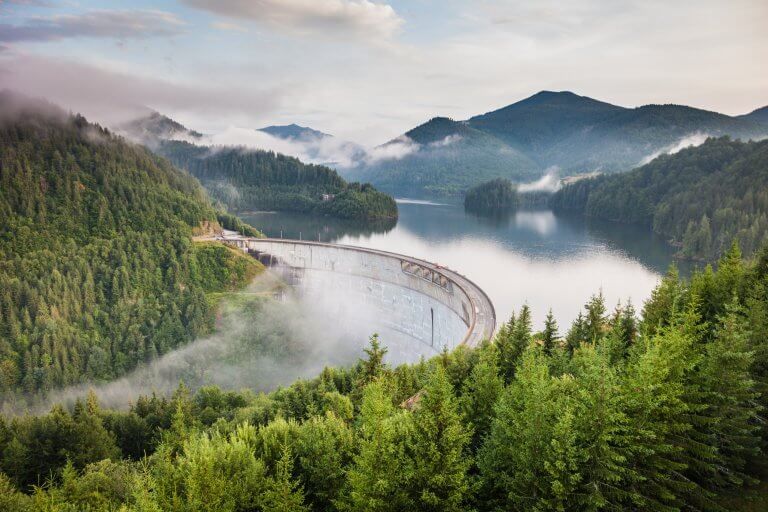Blog

Controls to close the VAT gap and combat VAT fraud The VAT gap for Europe remains around €137 billion every year, according to the latest report from the European Commission. This represents a loss of 11.2% of the expected VAT revenue for the region. The largest gaps were in Romania at 37.89%, Greece 33.6%, and […]

As part of the recently updated “new NAFTA,” or USMCA, Mexico is enticing companies to move operations into its maquiladora zone of factories along the US border. Major benefits of relocation include exemptions from value-added tax (VAT) and other taxes for qualifying manufacturers, along with a VAT rate reduced by half applied to local transactions […]

The Ministry of Finance and the State Taxation Administration are pressing ahead with China’s VAT reform having issued a Consultation Draft of the VAT law of the People’s Republic of China on 27 November 2019. It called for feedback from the public and other interested stakeholders. This draft law aims to consolidate the reforms and […]

Digital tax reporting requirements have arrived and are here to stay. As the global VAT gap continues to grow (estimated to be as high as half a trillion EUR), countries are increasingly using complex reporting requirements to gain insight into VAT activities. In this rapidly changing environment, it’s of utmost importance for companies to ensure […]

The following is an excerpt from “Trends in Continuous Global VAT Compliance,” the 11th edition of the industry’s most comprehensive guide to e-invoicing, e-archiving and VAT reporting. The full report is available for download. To reduce the VAT gap, countries are pushing taxable organizations to comply with VAT requirements and enforcing different types of legal […]

The International Chamber of Commerce (ICC) has released the new 2020 version of the Incoterms. Incoterms are important business shorthand and understanding their express meaning and intended usage is incredibly important in minimizing business risk and ensuring compliant VAT reporting. The following information provides some basic guidance for tax compliance professionals looking to refresh their […]

HMRC administers the whole of the tax system for the UK and Northern Ireland. Although there are some 5.7 million active businesses in the UK, less than half a percent are responsible for 40% of the tax HMRC collects (approximately £217 billion in 2017). So, how well those businesses manage their tax compliance will make […]

Mexico is introducing a tax reform to be enforced on 1 January 2020, implementing a general anti-abuse rule. Its aim is to increase governmental control over the transactions carried out by taxpayers. To counter abuse of tax law, the anti-abuse rule will allow tax authorities to adjust the nature of the operations reported and, consequently, […]

For those following the ongoing tax control reform in India, 2019 has been a very eventful year for Indian e-invoicing. Starting last spring, a group of government and public administration bodies have convened regularly with the mission of proposing a new way of controlling GST compliance through the introduction of mandatory e-invoicing. Given the vast […]

Mandatory SAF-T (Standard Audit File-Tax) reporting will be introduced in Norway from 1 January 2020. Use of SAF-T, a standardized XML format containing exported accounting information, remains voluntary until that date. SAF-T is designed to reduce compliance and administrative costs for businesses and revenue bodies and enhance audit outcomes. Its standardized, easily readable layout and […]

Companies are dealing with a fundamental shift in the way they do business with trading partners. In a rapidly increasing number of countries, there’s a third party inserting itself into every transaction. It’s the government, and it’s wedging its way into every order a company ships or receives. In an effort to close a massive […]

In Europe, Poland seems to be the first country to move away from the traditional VAT return replacing it with a detailed Standard Audit File for Tax (SAF-T). This is basically an expansion of the SAF-T system already used in Poland since 2016. Large enterprises must start working with the expanded SAF-T system from April […]

Since July 2018, taxpayers in Hungary have been obliged to disclose the data of electronic invoices issued for transactions with accounted VAT exceeding HUF 100,000 (approximately €300). This data must be transmitted to the National Tax and Customs Administration of Hungary (NAV) in a structured manner once the electronic invoice has been issued. This fiscal obligation […]

The value of data is rising The value of data is becoming more precious than oil. Technology has transformed market dynamics across all sectors and the way businesses operate. Big data has grown in importance and data-based platforms are today’s new technology giants. On one hand; Facebook, Google and other data-based platforms are collecting data […]

Part 4 – Call-Off Stock Arrangements This is the last in a series of four blogs providing explanatory detail to the EU’s “2020 Quick Fixes” that aim to standardise certain VAT rules throughout the EU. Part one of this series focussed on VAT Identification of the Customer, part two provided guidance on the Exemptions of […]

The Italian government has introduced an ambitious new program for collecting VAT, under which the tax authorities will pre-populate VAT returns on behalf of taxpayers. This program is aimed at reducing the VAT gap in Italy, which reached 33.5 billion Euros in 2017 – in absolute terms, the largest loss of revenue in the European […]

Part 3: Chain Transactions This is the third in a series of four blogs providing explanatory detail to the EU’s “2020 Quick Fixes” that aim to standardise certain VAT rules throughout the EU. Part one of this series focussed on VAT Identification of the Customer, whilst part two provided guidance on the Exemptions of Intra-Community […]

Part 2: The Exemptions of Intra-Community Supplies of Goods This is the second in a series of four blogs providing explanatory detail to the EU’s “2020 Quick Fixes”. This article focuses on updated guidance around the Exemption of Intra-Community Supplies of Goods coming into effect on 1 January 2020. The EU Implementing Regulation contains a […]